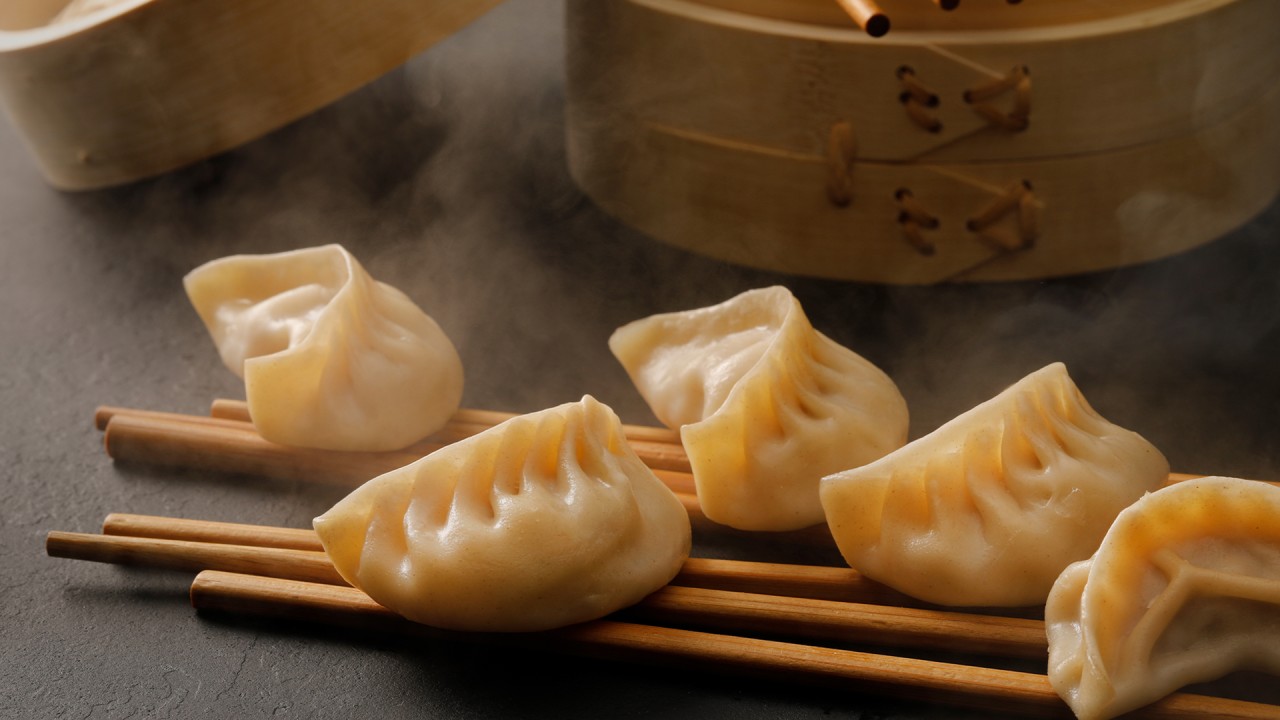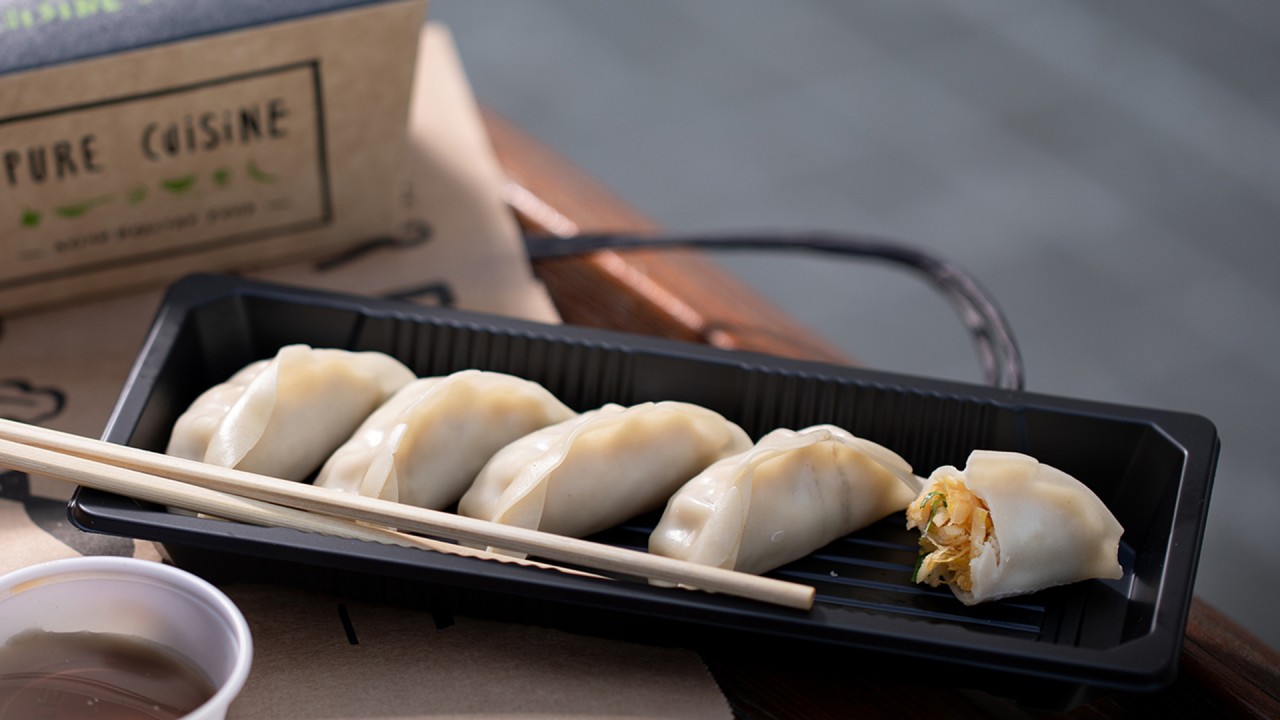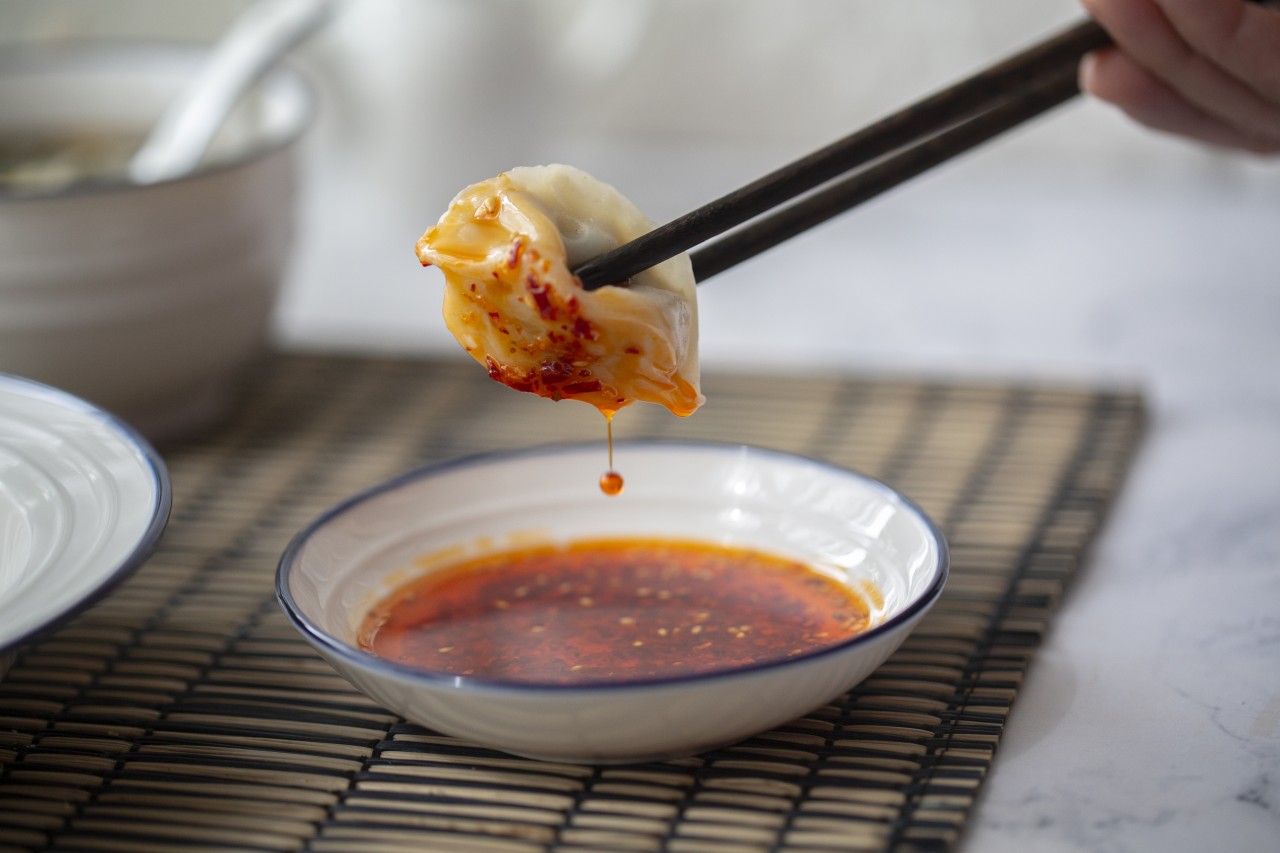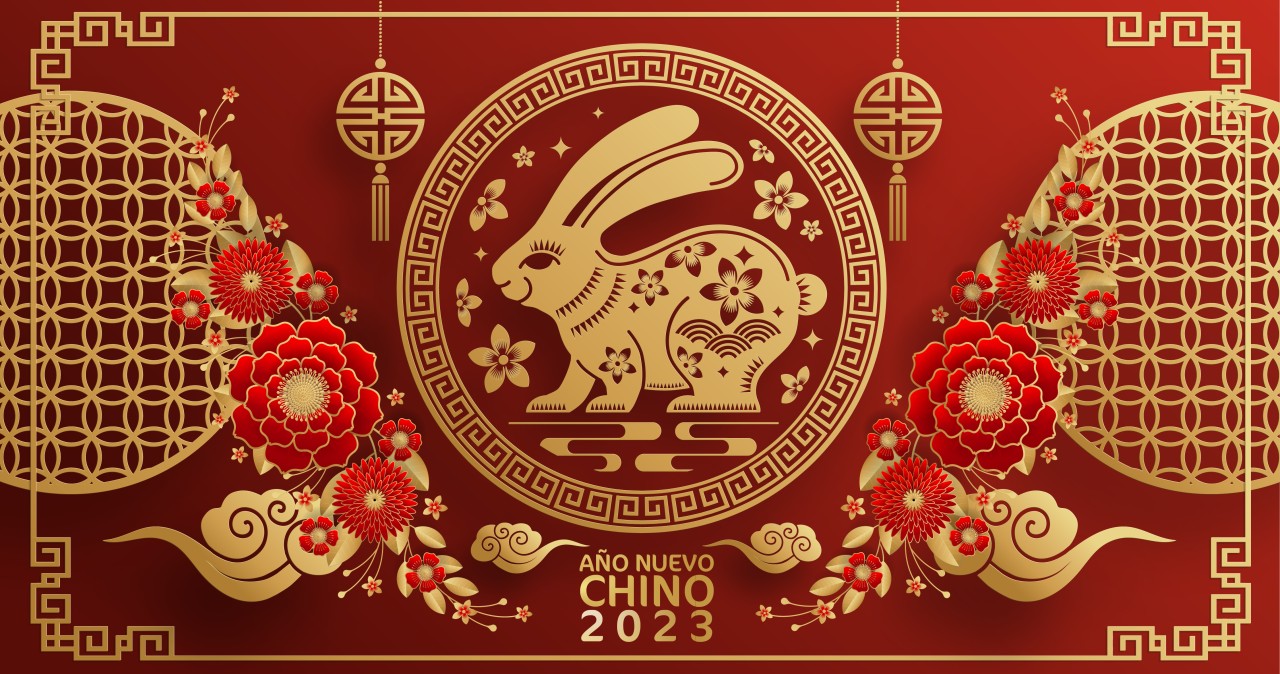Gyozas, the star starter of recent years
They have existed for centuries, but in our country they have become very famous in recent years. We are talking about gyozas, small dumplings very typical of different Asian countries that, for some time now, have conquered the palates of the Spanish. Where are you from? What country do real gyozas come from? What is the original filling? We tell you everything in this article.
What are gyozas?
If you've just landed in the world and it's the first time you've heard of this food, we'll tell you that gyozas are, to put it briefly, Asian dumplings. Although the name that has become popular is that of gyozas, it is believed that they originally come from China, where they are called jiaozi.
Typically, gyozas are made of a thin dough filled with minced meat and vegetables, which is wrapped, closed by hand, and served fried, steamed, or boiled. Over time, the filling has evolved and now there are all kinds of gyozas: chicken, prawns, pork, vegetarian... Of course, they always have to be accompanied by a good dipping sauce, a mixture of soy sauce, vinegar , sesame and more.

Origin of gyoza
Although, as we mentioned before, the name that has become most popular in Spain is Japanese, these Asian dumplings originate from China. The exact history of gyozas is not known, but it is clear that the Chinese population has been feeding on these delicious snacks for many centuries.
The same goes for the name, whose origin is uncertain, but many say it comes from the word jiǎo (角), which means horn and alludes to the shape of gyozas or jioazis.
Although it is a very common food throughout the year, in China it is very typical to consume them during the New Year. According to tradition, its shape, similar to the tael (an East Asian unit of weight) brings good luck in the economy for the coming year.
And how did jioazis come to Japan and become gyozas? According to many, this happened during World War II so, if this theory is true, this food has been in Japanese cuisine for relatively few years.
But gyozas or jioazis are not unique and exclusive to China and Japan. Throughout the Asian continent we find them in many countries, but with different names. For example, in Korea they call them mandu.

Are gyozas healthy?
Asian food is generally quite healthy, but as with any dish, nothing in excess is good. Gyozas are quite healthy, but they depend a lot on the content and the type of cooking. A gyoza stuffed with pork and fried is not the same as one with steamed vegetables.

Where to eat gyoza?
As you may have noticed, gyozas are an increasingly common dish in many restaurants. If you want to eat gyozas in Madrid, Bilbao, Valencia or Barcelona, we are waiting for you at the Pure Cuisine restaurants, where we have these dumplings stuffed with pork, vegetables and mixed. Take advantage!




